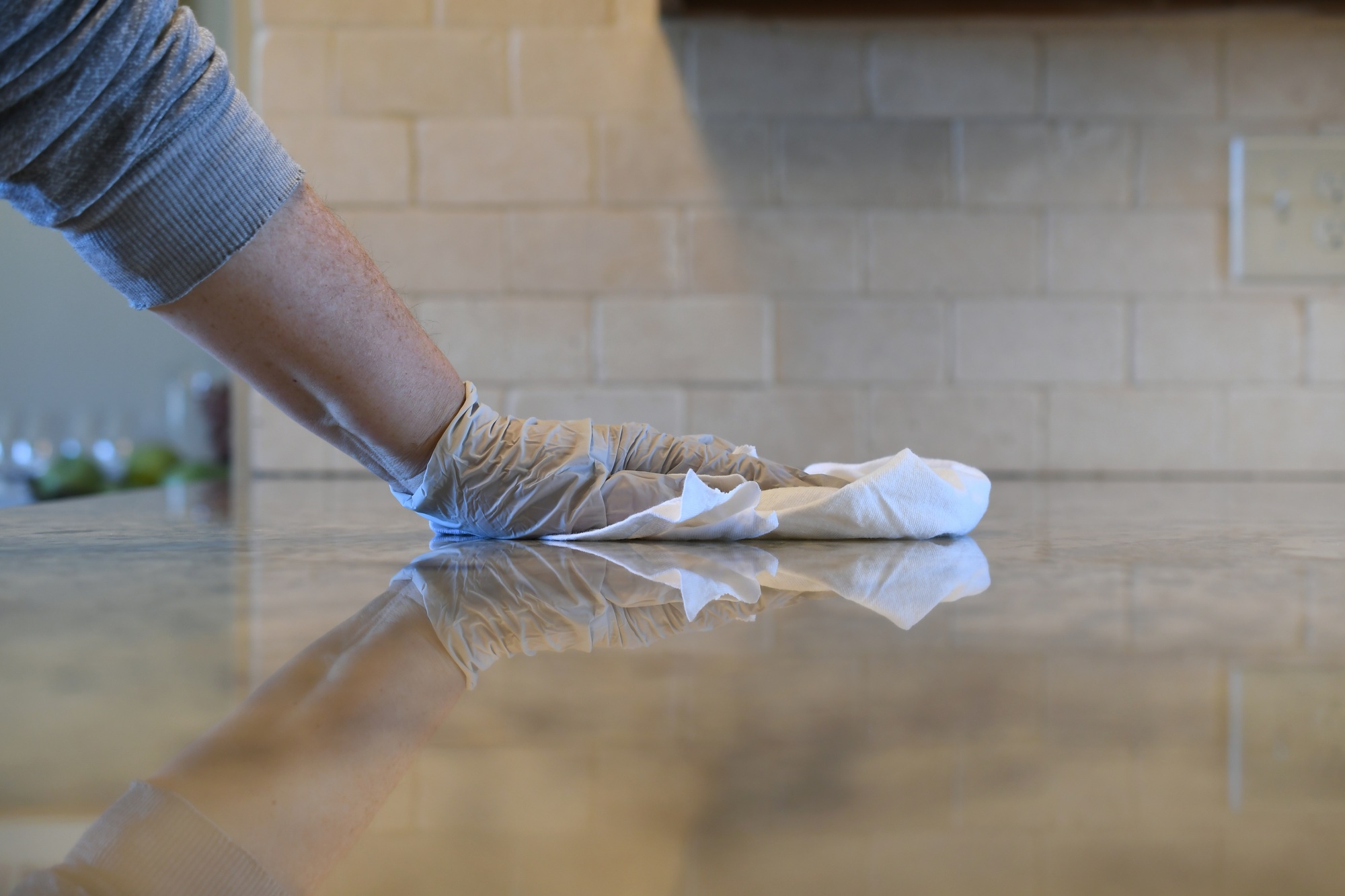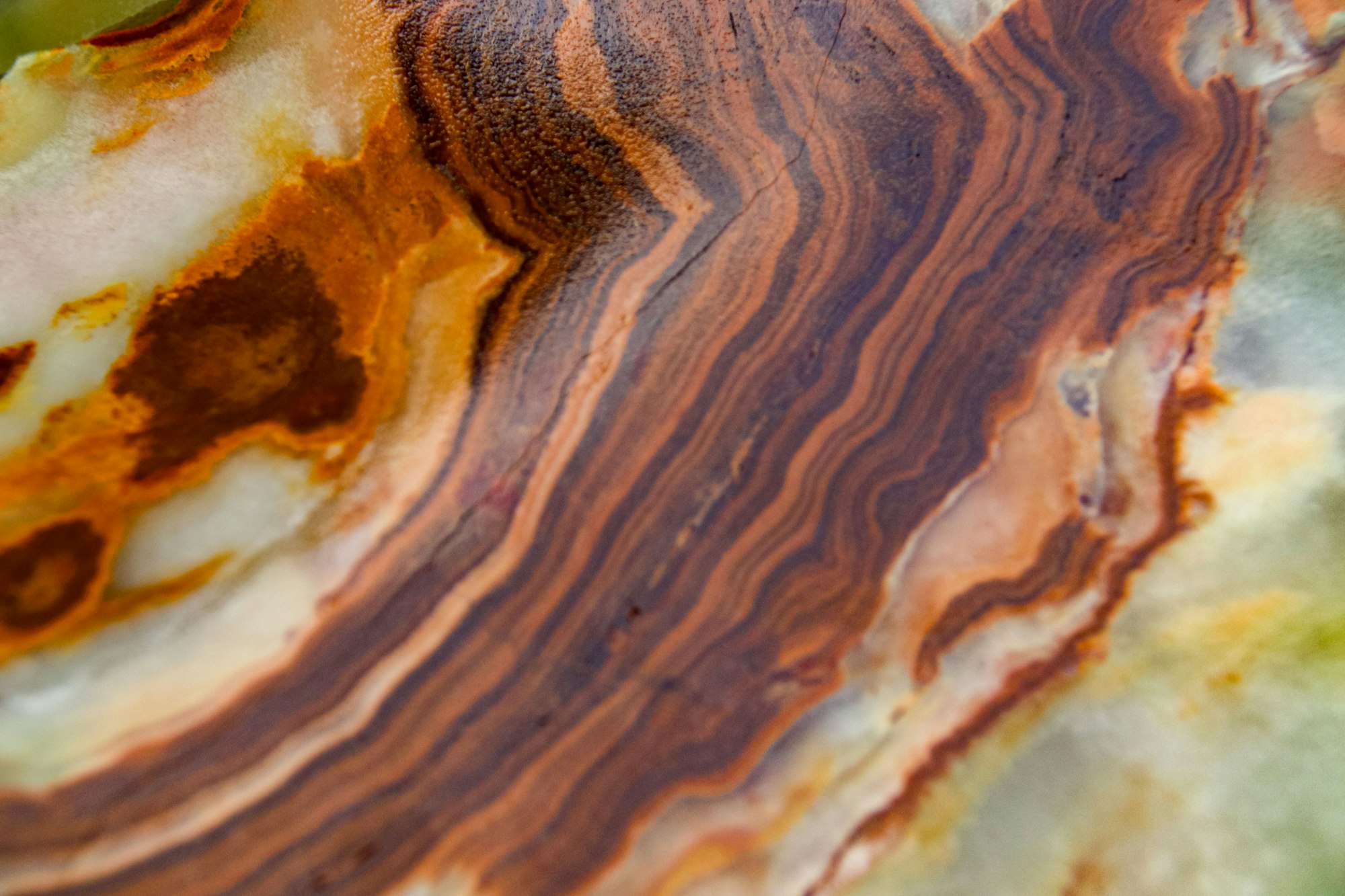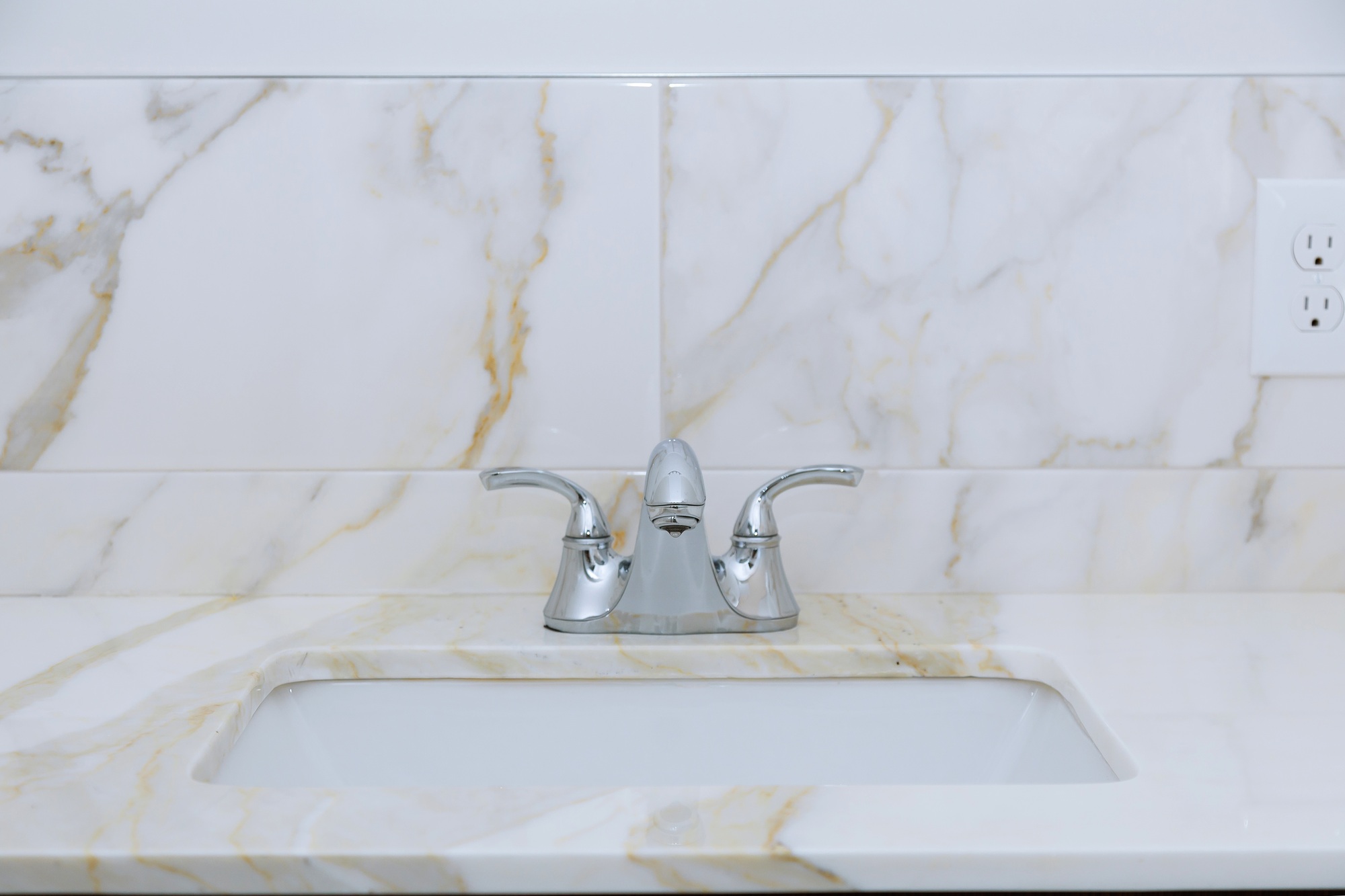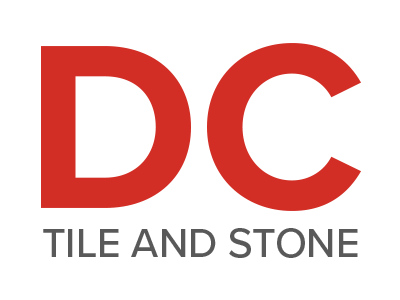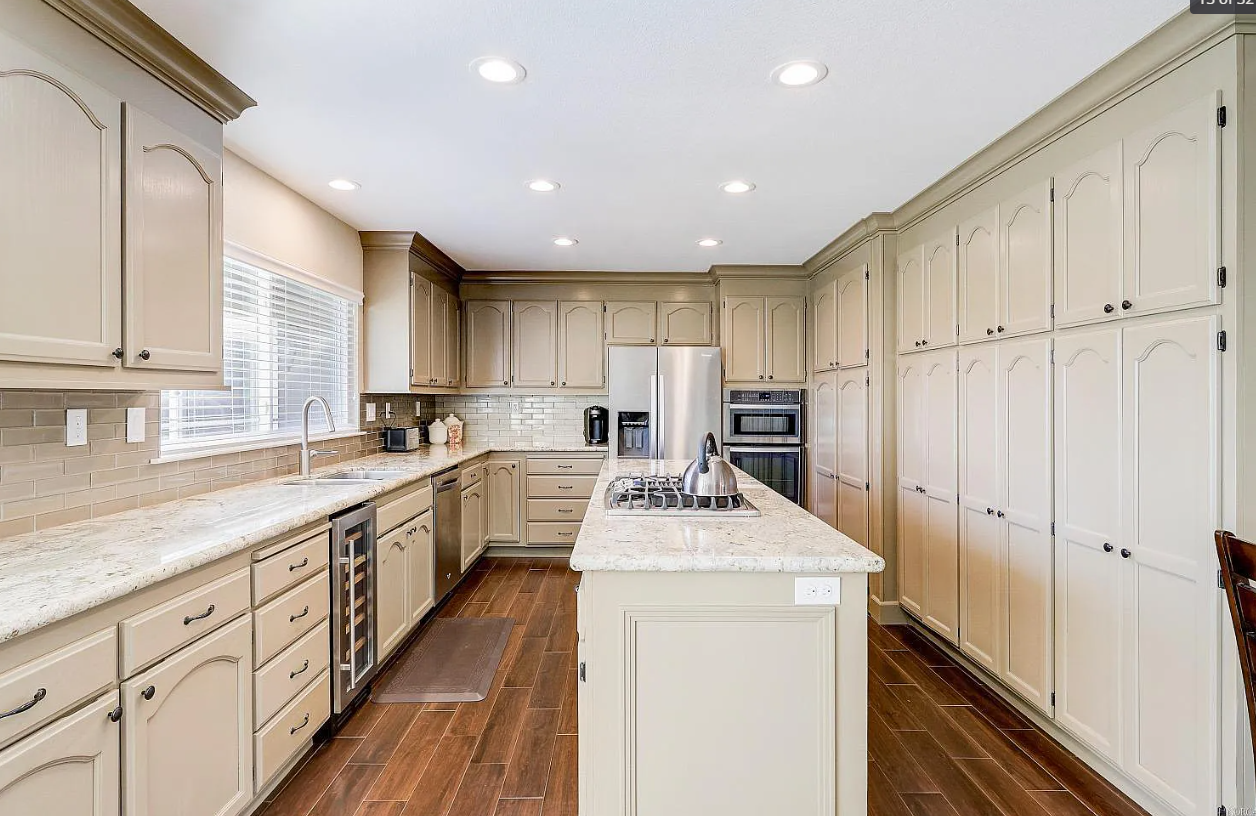
When selecting the perfect countertop for your kitchen or bathroom, one detail that can greatly impact the overall design is the type of edge profile. Among the most popular choices are the eased and mitered edges, each offering distinct aesthetics and functional benefits. This article will take a closer look at these two edging styles, diving into their characteristics, benefits, and how to choose the right one for your space.
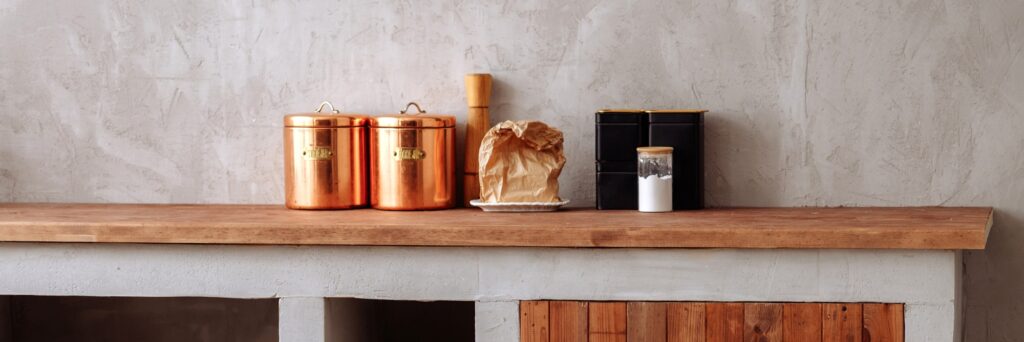
An eased edge is a sleek, smooth countertop edge that features a slight roundness at the top corners. Unlike a fully rounded bullnose edge, the eased edge is more subtle, providing just enough rounding to soften the sharp edges without losing the clean lines of the countertop. This edge profile is widely favored for its simplicity, making it versatile enough for various design styles, from traditional to modern.
The eased edge works particularly well in kitchens or bathrooms where a minimalist or understated look is desired. If you have a busy countertop material with prominent veining or patterning, such as marble or granite, the eased edge can enhance the natural beauty without drawing too much attention to the edge itself. It’s also a great option for smaller spaces, as the simplicity of the edge can make the countertop feel less bulky and intrusive.
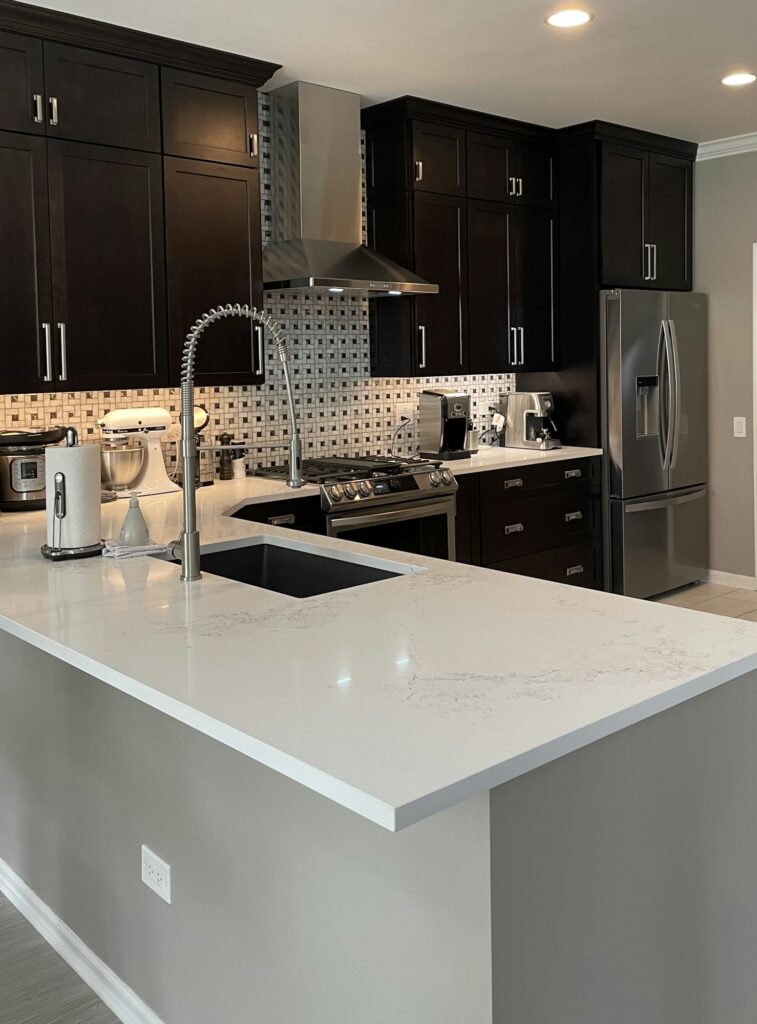
In contrast, the mitered edge is more dramatic and angular. It is created by cutting two pieces of countertop material at a 45-degree angle and joining them together to form a crisp, 90-degree edge. This creates the illusion of a thicker countertop without the need to use a single slab of material, which can be cost-prohibitive. Mitered edges are commonly seen in contemporary and modern kitchen designs, where clean lines and sleek surfaces are emphasized.
The mitered edge is perfect for larger, more open spaces where the design can be appreciated from various angles. It works especially well in modern or industrial-style kitchens and bathrooms, where the focus is on clean lines and bold visual elements. If you’re using a countertop material with a subtle or solid pattern, such as quartz or concrete, the sharpness of the mitered edge can make a striking contrast, highlighting the smooth, sleek surface.
When deciding between an eased edge and a mitered edge, there are several factors to consider, including design style, countertop material, functionality, and budget.
| Factor | Considerations |
|---|---|
| Design Style | Your kitchen or bathroom’s overall design will play a significant role in determining which edge profile to choose. If you prefer a classic or traditional look, the eased edge is a better fit due to its simplicity and timeless appeal. It won’t overwhelm the other elements in the room, making it a safe choice for a wide range of design aesthetics. On the other hand, if you’re aiming for a sleek, modern, or contemporary look, the mitered edge is the way to go. Its sharp angles and thicker appearance offer a more dramatic and luxurious look that complements minimalist designs. |
| Countertop Material | Certain countertop materials lend themselves better to specific edge profiles. Natural stones like granite and marble tend to look stunning with eased edges because their inherent beauty can shine without the edge profile competing for attention. Engineered stones such as quartz or porcelain often pair well with mitered edges, where the clean cuts and sharp angles enhance the material’s smooth finish and modern aesthetic. |
| Functionality | Functionality is another important consideration, especially in high-traffic areas like kitchens. If you have small children or use your countertops frequently for food prep, the eased edge might be a better option. Its rounded corners are more forgiving and less likely to cause injury or chip over time. For a high-end, formal space that doesn’t see heavy use, the mitered edge is a sophisticated choice that can elevate the room’s overall look. |
| Budget | The installation process for a mitered edge is more complex, requiring precise cuts and seamless joins, which can increase the overall cost of the countertop installation. While the eased edge is more affordable and easier to install, the mitered edge can offer a higher return on investment in terms of visual impact, particularly in luxury spaces. |
Both eased and mitered edges are relatively easy to maintain, but there are a few differences to consider when it comes to long-term durability.
At DC Tile and Stone, we understand that choosing the right countertop edge is just as important as selecting the material itself. Our experienced team can guide you through the process, helping you make an informed decision that complements your home’s style and meets your functional needs.
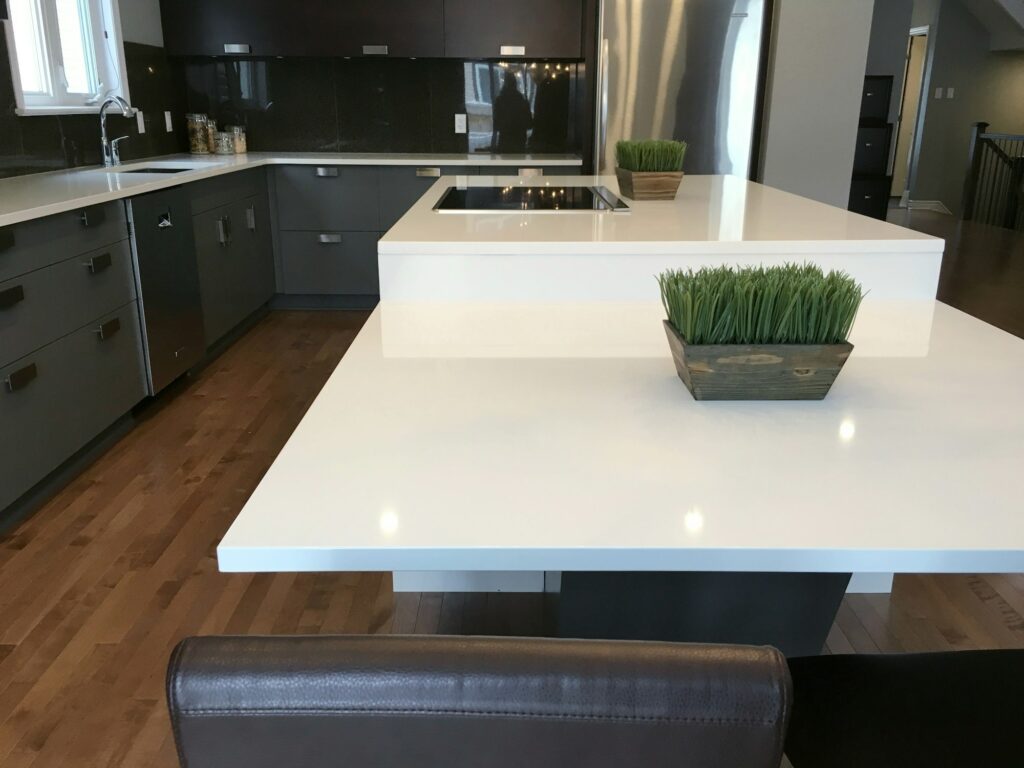
Whether you’re drawn to the simplicity of an eased edge or the boldness of a mitered edge, we offer a wide range of materials and customization options to bring your vision to life. With top-tier materials and expert craftsmanship, DC Tile and Stone ensures that your countertops not only look stunning but also stand the test of time.
The choice between an eased and mitered edge comes down to your personal style preferences, functional needs, and budget. Eased edges offer timeless simplicity, safety, and durability, making them perfect for busy kitchens and homes with children. Mitered edges, on the other hand, provide a sleek, modern, and luxurious aesthetic that works best in contemporary spaces or high-end kitchens.
Both edge profiles have their merits, and whichever you choose, your countertops will serve as a beautiful and functional centerpiece in your home. At DC Tile and Stone, we’re here to help you navigate these choices and ensure that your countertops align perfectly with your design vision.
Explore our selection of countertops and edging options today. Whether you’re updating your kitchen or planning a bathroom remodel, trust DC Tile and Stone to provide the high-quality materials and expert installation you need to create a space that truly shines. Contact us today to get started on your next project!
